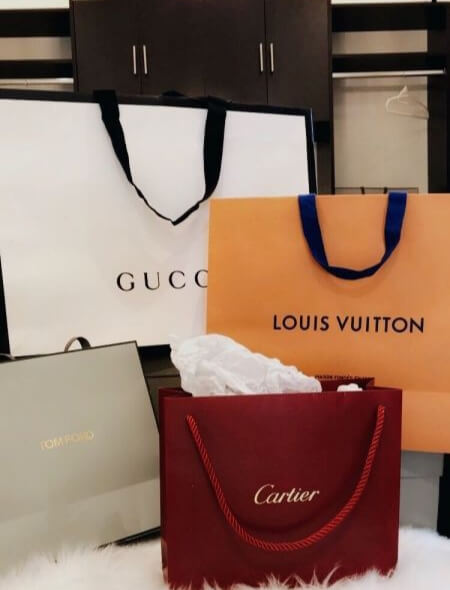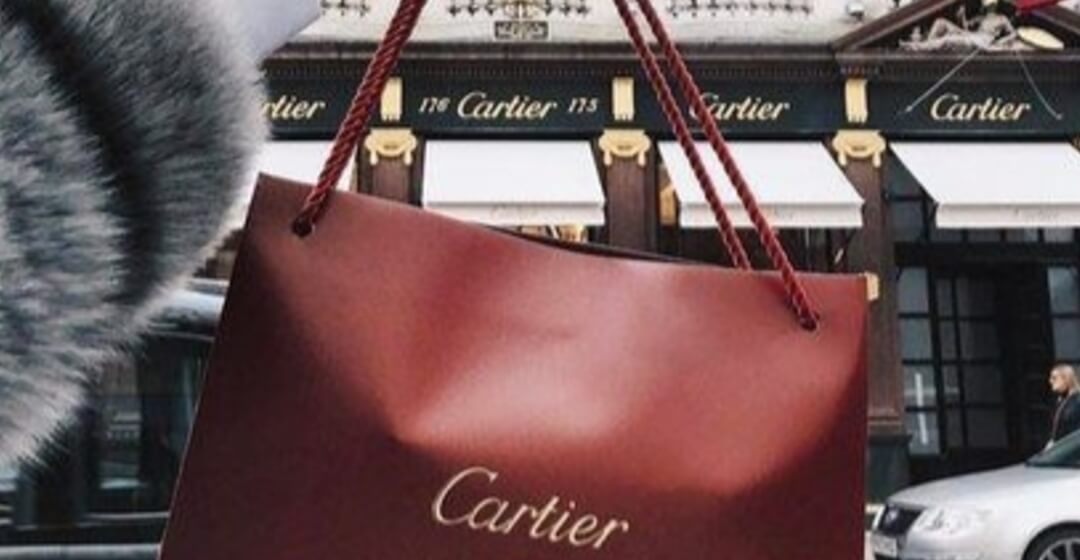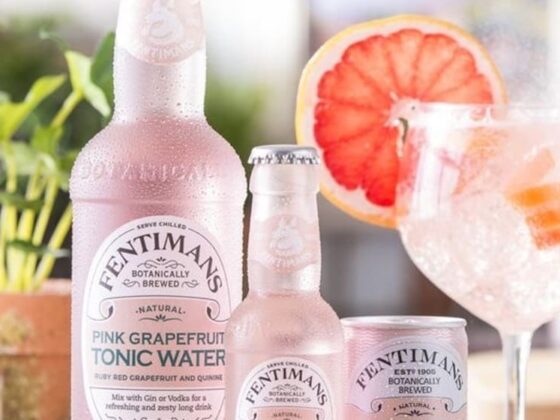The lady watches her LV Pochette and the Hermes Birkin sitting coyly in the snug indoors of her closet and takes pride in her assets. The bags were fondly gifted to her by her mushy hubby during the first year of their wedding. He was reciprocated with ample love and affection for these extravagances. The lady had often taken these beauties out and flaunted them on several public occasions. Little did she know that it wasn’t an original Louis Vuitton or a Hermes that she was carrying, but rather a counterfeit copy of the brands.
Low-cost imitations and close-to-accuracy counterfeit copies have eaten away at the luxury industry today. There is a copy of every reputed brand doing the rounds of not just the flea markets but also high-end online stores. The acute microscopic distinction is difficult to identify even by the employees or the sales and marketing staff of the brand. The counterfeiting or plagiarism of luxury brands has superseded by huge margins the pharmaceutical, entertainment or any other known industry in the world. The total trade in the imitation industry stands at around $4.5 trillion. Out of this, 60 to 70 percent is credited to the luxury industry alone. The biggest sales challenge in the online and retail domain that luxury goods players face is supplanting through fake imitation products. They don’t struggle with not having enough demand or sales generated. The real challenge is that most of the buyers actually end up buying the counterfeited products holding a striking resemblance to the original luxury brand.
A lot of this perplexity and loss both for the brand and for the consumer can be attributed to the underestimation of the consumer’s understanding of real luxury at the brand’s end. Apart from just serving the logo as the trademark of owning luxury, the brands didn’t really do much to enhance the exclusivity experience that the rich and the elite wanted to have. The biggest mistake was to relocate the production of their goods to China and other low-cost production areas. This made the luxury brand lose control over the entire supply chain of sourcing, production, and delivery. If the original product and the counterfeit product, both are manufactured in China, how would a consumer differentiate between the two, bestowed with the mere knowledge that his product is ‘Made in China’ (pun of course intended).

Most of the brands were earlier pronounced with their place of origin and a lot of reverence was attached to the origin and the growth trajectory of the brand over the years. Both the brand and the place of origin were spelled out in a single sentence and became synonymous with each other. That sort of lent unquestionable credibility to the brand. If the same bag is being manufactured across a lot of countries in the world, the exclusivity and resonance of the final product as a luxury good does get affected.
Another reason is the emergence of a lot of converging online platforms that bring together these luxury platforms. This corroborates and further camouflages the presence and sales of these counterfeit products. The circulation and reselling of these fake lifestyle products become much easier and they detectibly assimilate into the whole supply chain of these luxury brands.
Coveted high-end user brands like Louis Vuitton, Chanel, and Hermes have often reported forged returns of such products at the retail store. A consumer buys the original Gucci bag from the store. He comes back after a few days asking for a change or making up a complaint. He brings back a fake bag and either returns it or gets it exchanged for a new piece. The difference is even minuscule for the brand’s staff to make out. This way the next buyer who comes and purchases that bag actually ends up buying a fake product. Such instances annihilate the brand equity as well as the credibility to irreparable amounts.
Of late, the brands have adopted a stringent no-tolerance policy towards such instances and acts. They are working hard to obliterate the entire imitation industry off their radar. Ideally, the brand should take off their original products from any digital platform and only encourage purchasing through their native Country sources or through their authentic websites. The counterfeit industry is exploiting the ubiquity and anonymity of digital platforms to the hilt and fooling the consumers all along.
Also, luxury brands should actually work on addressing the need of millennial consumers who have an appetite for luxury in its truest sense. This generation is far more informed and evolved than its predecessors. They are judicious enough to differentiate between true class and richness from a mere stamp or a denominator symbolizing a status quotient. They don’t intend to flaunt luxury but rather experience and manifest it into their everyday quality of life. The modern-age luxury brands need to move beyond the logo and sense, comprehend and incorporate the need for this richness, rarity and singularity clubbed with the practicality of their modern-day consumers.
Till they fail at this, the fake imitation industry would keep enjoying the major chunk of their pie!
Love,
Team LadyInRoseGold




















